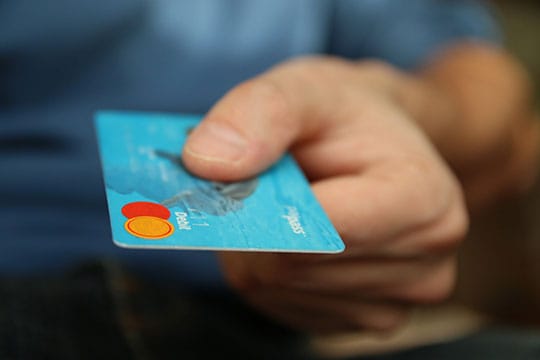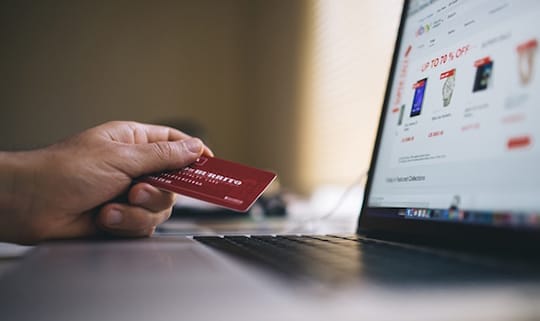There has been a lot of hype related to peer-to-peer payment recently. But, do you have a clear idea as to what peer-to-peer payment apps are, and how can you develop a similar app for you?
In this article, we will be talking about peer-to-peer payment apps and the available options through which you can make one. Let’s get started.
What are peer-to-peer payment apps?
Peer-to-peer or person to person payment applications has been instrumental in revolutionizing the e-commerce industry. Peer-to-peer transactions or payment methods usually involve the exchange of money from one user to another through a digital application onto which the credit card, debit card or bank account details are linked up with the help of internet.
The whole dynamic rests on the seamless flow of money without the need of the physical presence of a person. The introduction of smartphones in this arena further facilitated the growth and development of peer-to-peer transactions.

The peer-to-peer apps usually involve downloading the chosen application on your smart phone or computers and then creating an account on it along with a secured password linked to your registered mobile number (RMN), which in turn is linked to your account details, thereby making the whole process secured and perfect.
Payments are usually sent or received through an e-mail address, phone number or account handle in the given application to which you are linked, and the last step involves receiving or sending the payment to another user with the similar application.
Peer-to-peer payment application serves as an intermediary between the sender and the receiver for the transfer of funds. Payment services owned by giants including Paypal.me by PayPal, Google Wallet by Google and SquareCash by Square are a few such peer-to-peer payment apps which have revolutionized the era.
Recommended reading: SSL: The Backbone of Doing Business over the Internet.
How do peer-to-peer payment apps work?
The characteristic feature of peer-to-peer payment transfer includes a strict and carefully encoded binary function which is specifically designed for personal use. Peer-to-peer payment apps differ in their module and usage, while some are linked directly to the bank account or the credit card details others have a carefully engineered inbuilt wallet systems within the app.

How to develop a peer-to-peer payment app?
Well, there are different ways of developing peer-to-peer payment apps differing in their organizational structure and their usage.
Before we proceed to enumerate the follow ups as to how one should develop a peer-to-peer app, we should put up a disclaimer that some technology-related roadblocks usually come in the way while developing one. Also, developing a peer-to-peer payment app is a tedious, resourceful and extravagant affair which needs painstaking effort and the technological expertise.
You may also like: Financial Apps Development: Top 7 Things to Consider.
There are basically three ways to develop a peer-to-peer app.
1. Building from the scratch
 It means developing the platform from the start putting in all the toil, technological expertise and shelling out money. Most of the people are unlikely to opt for this as it is a tedious and expensive to achieve and moreover there is always a fear of failure as there are plenty of other apps floating on the market.
It means developing the platform from the start putting in all the toil, technological expertise and shelling out money. Most of the people are unlikely to opt for this as it is a tedious and expensive to achieve and moreover there is always a fear of failure as there are plenty of other apps floating on the market.
2. Collaboration
 Collaborating with well-established firms and thus focusing on a single marketplace.
Collaborating with well-established firms and thus focusing on a single marketplace.
3. Micro-services
 There is yet another way for those who do not want to invest in a complex system, opting in for micro services allow its user to exchange funds among their peer group which largely remains secure and is becoming a trend in the market.
There is yet another way for those who do not want to invest in a complex system, opting in for micro services allow its user to exchange funds among their peer group which largely remains secure and is becoming a trend in the market.
Final Words
 It is speculated that peer-to-peer market will reach the benchmark of 86 billion dollars in the US alone in next two years, making it a huge avenue to invest and earn. Peer-to-peer is expected to grow in full swing if it manages to tackle some hurdles including existing payment methods like cash, checks, electronic.
It is speculated that peer-to-peer market will reach the benchmark of 86 billion dollars in the US alone in next two years, making it a huge avenue to invest and earn. Peer-to-peer is expected to grow in full swing if it manages to tackle some hurdles including existing payment methods like cash, checks, electronic.
Also, there is a need for the establishment of faith and credibility apart from ease of doing business on the go. Despite several financial giants still in the game, these apps still have got a bright future due to factors like fragmented and scattered market, and lack of an integrated system. The contenders in the bargain are scattered and more individual. There is a lack of an integrated system which encapsulates the multifarious needs of the customer under one big umbrella and monitors the overall growth along with the past, present and future trends of the customers catering to different need using different modules of payment.
Please leave any comments below!
Tom Blake is a digital marketing guru at Media Shark, a digital agency in Gold Coast, and an all-around entrepreneur. Running his own businesses since the age of 20 his work has seen him travel the world living in various countries. Now heading up Media Shark in the sunny Gold Coast of Australia. He’s passion lies in helping people with online marketing and providing technical SEO and digital strategies with one goal ROI.





